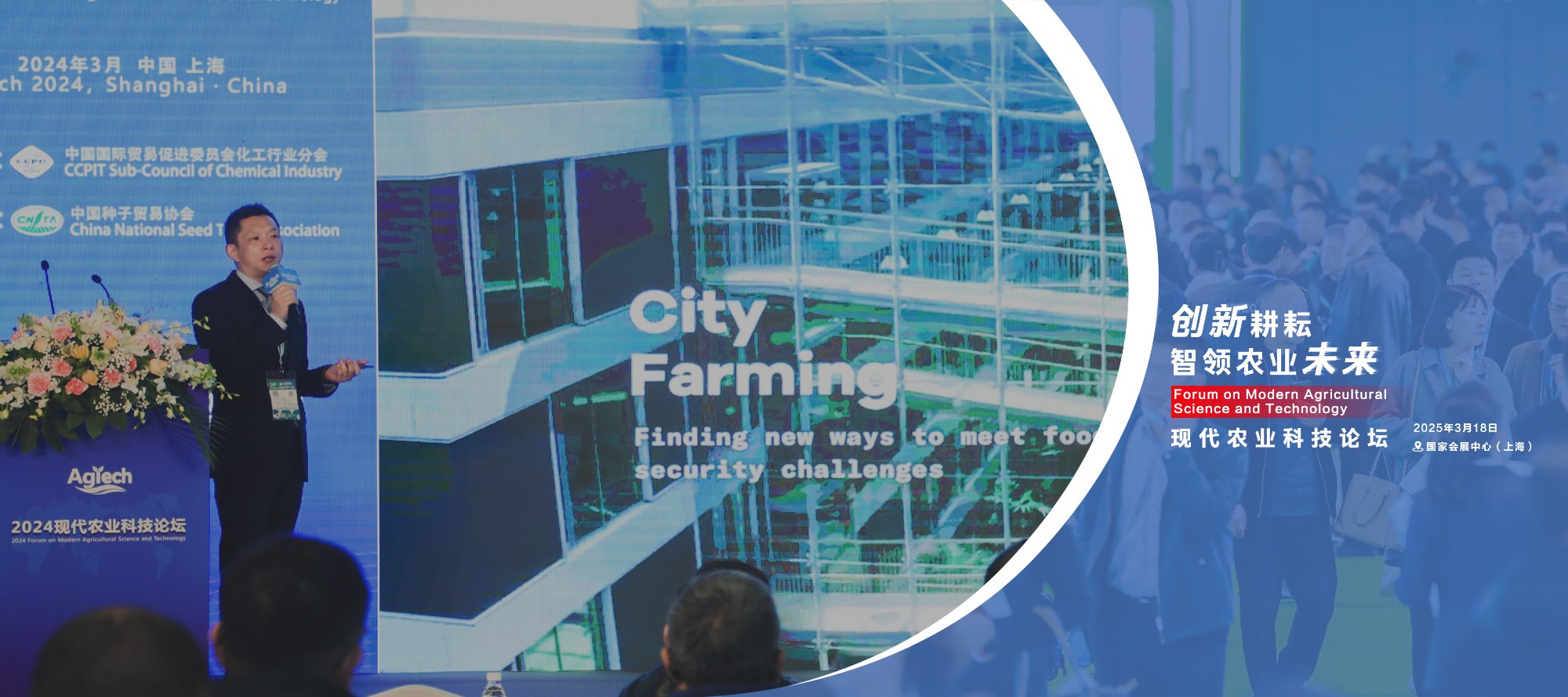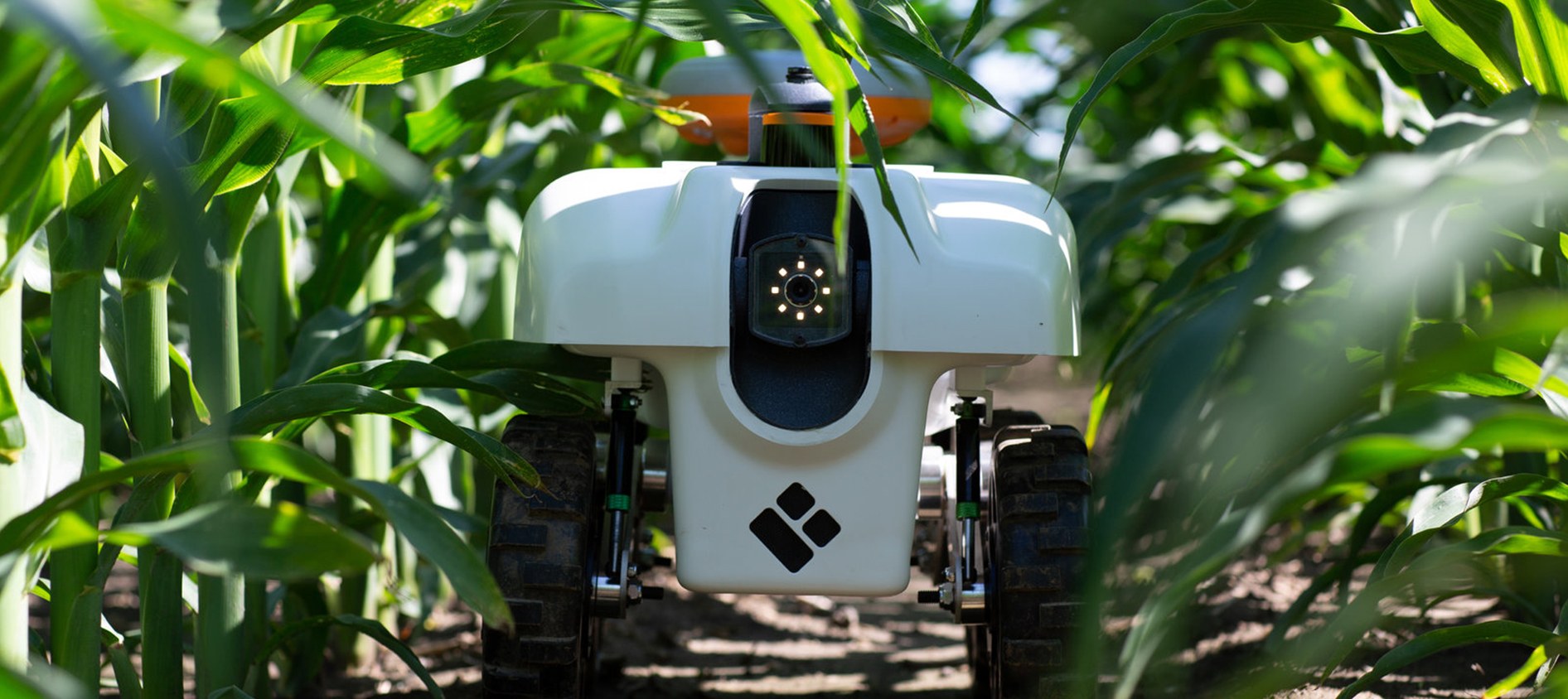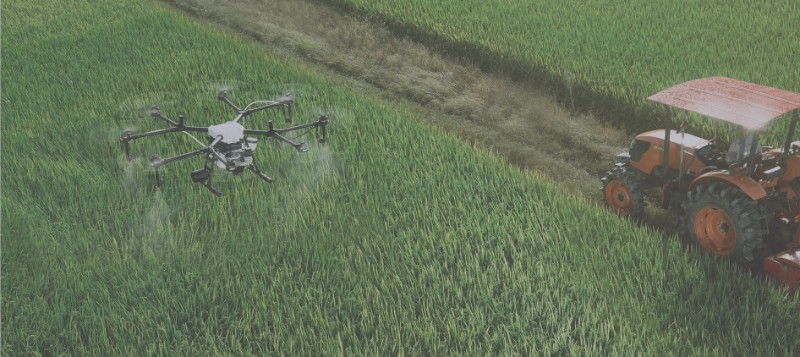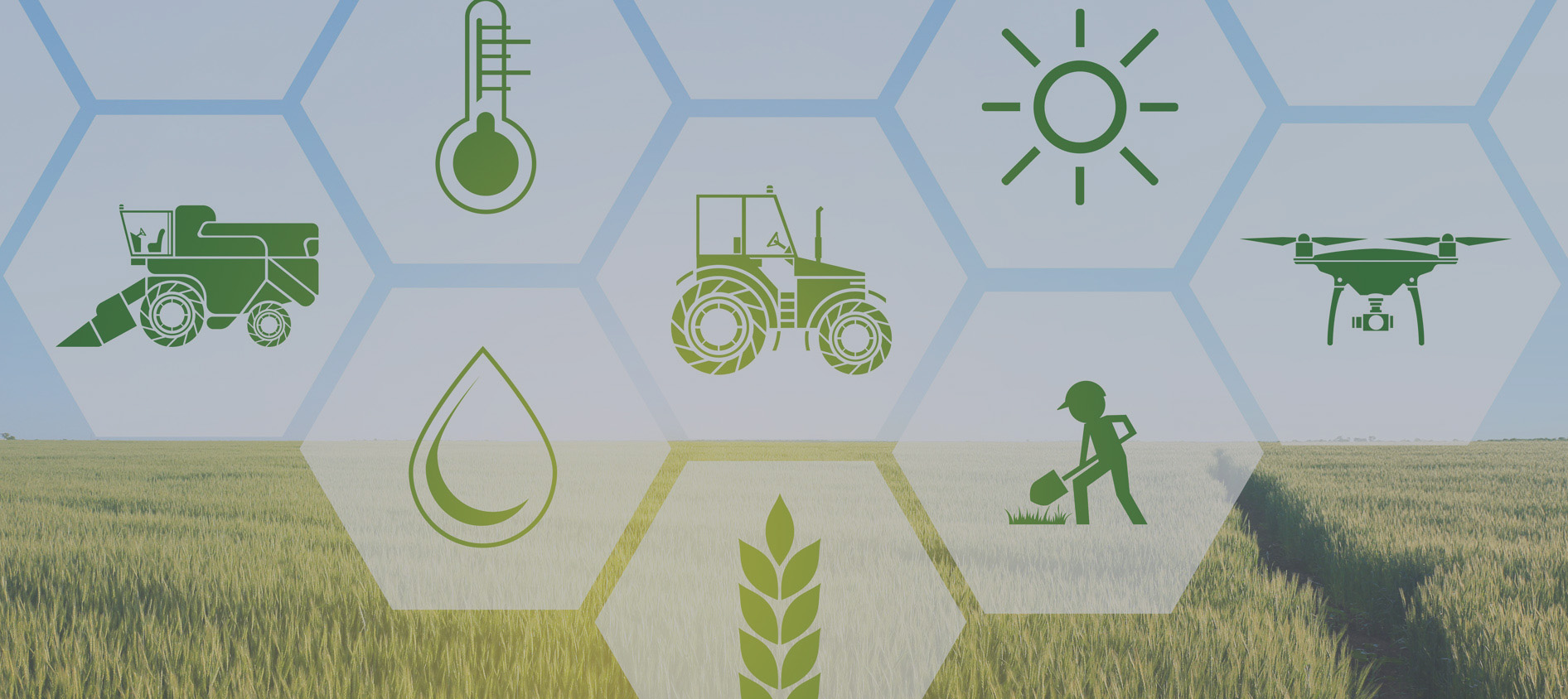Ten major agricultural fields have established a national scientific data observation network
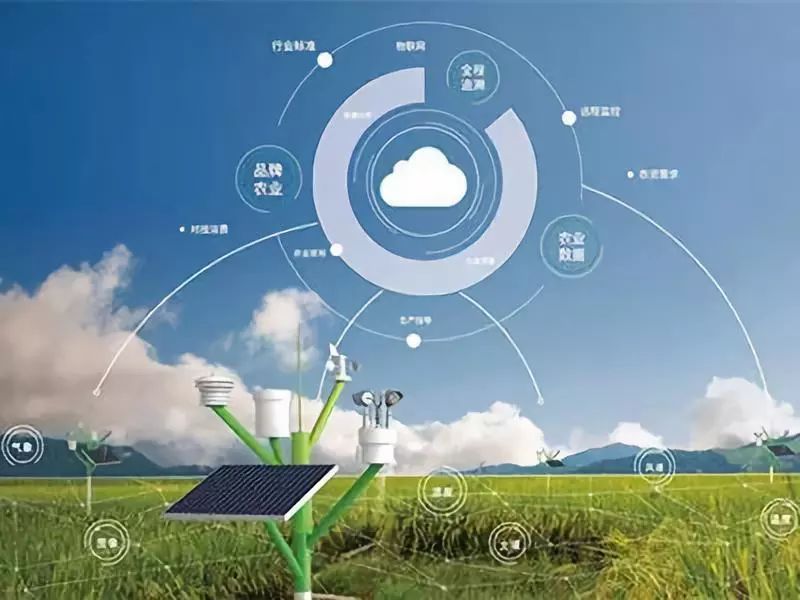
As a national basic strategic resource, scientific data is becoming the core engine driving agricultural science and technology innovation. On June 26, the reporter learned from the Ministry of Agriculture and Rural Affairs that through the systematic layout of basic long-term agricultural science and technology work, my country has built a national agricultural science data observation network in ten major fields such as soil quality and crop germplasm resources, and has collected nearly 100TB of first-hand observation data, providing key data support for solving agricultural science problems and supporting industrial upgrading.
It is reported that since 2017, the Ministry of Agriculture and Rural Affairs has initially established a national agricultural science data center, 10 field data centers as the lead, 148 national agricultural science observation experimental stations as the backbone, and nearly 500 trial operation sites as the support of the national observation network.
For example, in Yangling, Shaanxi, a soil monitoring system that has been in operation for 30 years is still working. Relying on the long-term data resources accumulated by the system, the scientific research team has established a soil available phosphorus prediction model for four major regions. The prediction accuracy of the model exceeds 85%, providing a quantitative basis for the reduction of fertilizer application in dryland areas across the country. "It's like doing a 'CT scan' for the soil. We can accurately predict the phosphorus demand in different regions." said Yang Xueyun, head of the Yangling Field Scientific Observation and Research Station of Soil Quality of the Ministry of Agriculture and Rural Affairs and researcher at the College of Resources and Environment of Northwest A&F University.
In the field of pest control, researchers have solved the problem of pest population prediction under complex temperature patterns for the first time through a high temperature cumulative damage model based on 14 years of wheat aphid observation data. The related results have increased the efficiency of aphid control in the Huanghuaihai wheat region by 30%. In response to the problem of pest identification in grape cultivation, researchers have embedded the developed AI image recognition technology into WeChat applet, allowing fruit farmers to diagnose 98% of common diseases by taking photos with their mobile phones. This technology has been promoted and applied in major grape producing areas such as Xinjiang and Shandong.
Zhou Qingbo, director of the National Agricultural Science Data Center and director of the Institute of Agricultural Information of the Chinese Academy of Agricultural Sciences, introduced that the Ministry of Agriculture and Rural Affairs has organized the formulation of 5,100 observation indicator standards around 62 observation tasks in ten major areas, realizing full process standardization from data collection methods to storage formats.
Despite the remarkable results of data accumulation, the use of agricultural science data still faces challenges such as insufficient cross-disciplinary data fusion analysis, lagging deep application of artificial intelligence, and lack of compound talents.
"The Ministry of Agriculture and Rural Affairs is planning to build a major scientific and technological project for integrated sky-ground observation." Liu Tao, deputy director of the Science and Technology Management Bureau of the Chinese Academy of Agricultural Sciences, said that the project will integrate satellite remote sensing, drone inspections, and ground sensor networks to build a real-time observation system with multi-source data fusion. It is expected to complete the optimization of ground station layout by 2025 and complete the construction plan of relevant major agricultural science and technology innovation project facilities.




